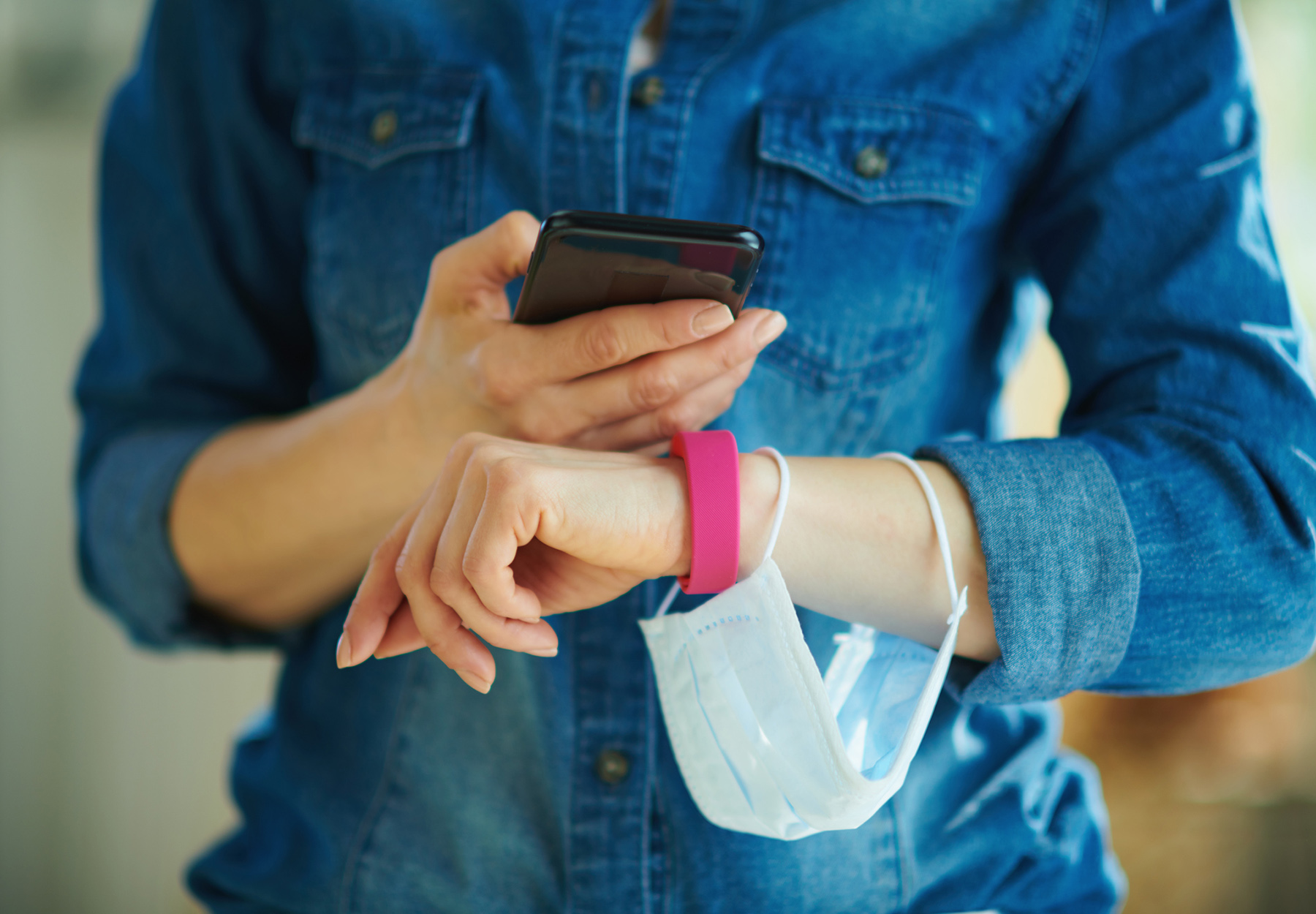AI and Wearable Devices Offer Promise as an Early COVID-19 ID Method
While still in its infancy, recent research shows the combination of AI and wearables can accurately detect early SARS-CoV-2 infection.

Subscribe to Clinical Diagnostics Insider to view
Start a Free Trial for immediate access to this article